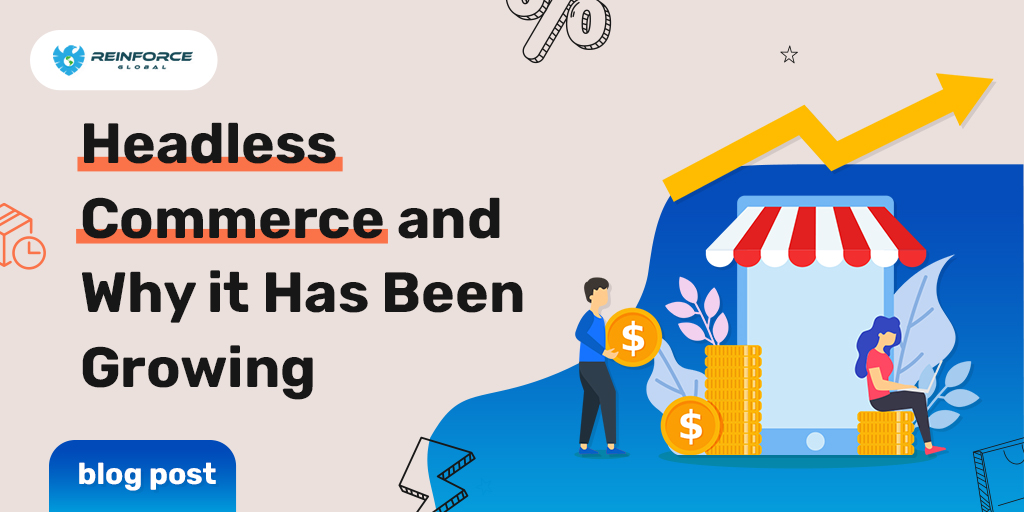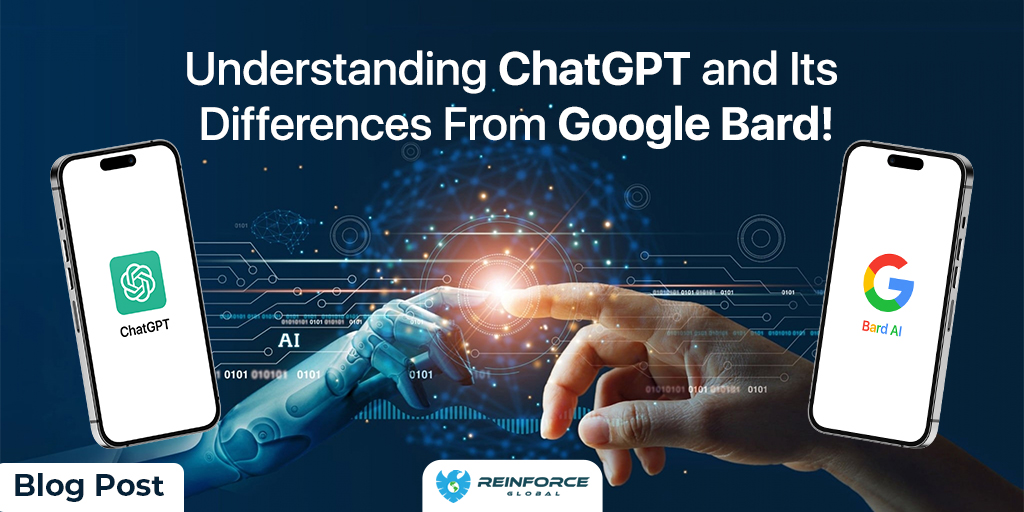Between 2022 and 2032, the headless commerce market size is expected to grow with a CAGR of 22.1%. It’s a CMS system where the back-end and front-end of an online store work separately. Businesses and brands can use this feature to provide highly personalized user experiences by customizing the user interface and design to improve customer experience. Today, headless commerce has become one of the fastest and rising trends. This is what we are here to find out today and get into the details of headless commerce’s popularity.
What is Headless Commerce?
Headless commerce is a new form of eCommerce architecture that separates the front-end from the back-end operations. Also called API-First eCommerce architecture, the back-end and front-end communicate through an API layer.
Headless Commerce gives brands and businesses the creative freedom of unique storefront designs. It takes away the earlier monolithic designing approach while giving designers extensive control over the development process.
Moreover, it gives them the capability to choose different tech stacks to build the best composite of tools for their business.
Benefits of Headless Commerce
- Extensive Creative Control: With a headless commerce system, brand designers can create what they envision. They can go beyond the pre-defined template and presentation layers to create something that aligns with the business goals.
It is true that taking the monolithic structure approach does take less time, effort, and costs. However, to build a unique digital identity and improve recognition, customizing the interface is necessary.
- Better Performance: It only takes a fraction of the time for a potential customer to stay on your website or bounce off to another one. In this scenario, low-speed eCommerce websites are detrimental to your brand.
With headless commerce, you can make fast-performing websites. This is because the speed-hijacking back-end works separately, which gives a speed boost to the front-end.
- Plug-and-Play Experience: Headless commerce includes picking bespoke elements to build the eCommerce website. When you take existing templates and systems to build a website, the pre-coded integrations may or may not fit with the website.
However, with headless commerce, you get powerful APIs that are compatible with all the existing systems and platforms. Using this, we can build a powerful and customized eCommerce platform, allowing the customer to have a seamless experience.
Moreover, we can also integrate APIs with the programming language of our choice, which makes headless commerce stores immune from shifts in technology.
The Growth Of Headless Commerce
Today, headless commerce is among the mainstream technologies that help businesses improve customer experiences. The flexibility and agility provided by headless commerce is of paramount importance and a big reason for its growth.
Especially at a time of global instability, technologies like headless commerce are helping businesses stay ahead from their competitors. As brands navigate the complexities of a dynamic business environment, the importance of microservices and cloud computing is becoming clearer.
Read this blog also: Why Outsourcing development of ecommerce software is a good idea for Startups
Headless commerce’s popularity stems from several reasons, in addition to the flexibility and agility it offers.
- The way headless commerce handles PCI compliance and mitigation reduces the need for IT teams as SaaS service providers take control of their work. This ultimately reduces the development time and cost.
- With different APIs and SaaS service providers taking control, the online store’s security, payment system, customer management, etc., improves. As a result, the customers gain from a better overall experience.
Headless commerce is gaining popularity because it fits with the business and work needs of several sectors. This work structure is applicable in D2C businesses, Small or Medium scale enterprises, Manufacturing houses, and online retailers. Moreover, bloggers, tech startups, and non-profit organizations can also use this technology to deliver services and solutions online.
This composable structure of headless commerce is akin to playing Lego. Developers and designers use different types of solutions, like building blocks, to build a complete platform. What businesses love in headless commerce is how they can take advantage of every single component’s independence.
Going forward, Gartner has predicted that businesses will prefer the API-first and the API-only approach. Taking this approach, even the existing SaaS model will be considered a legacy system.
Conclusion
Headless commerce technology is a representation of the composable structure wherein all the elements are independent of each other. However, they bind together to deliver a seamless experience to the end users. Businesses use this approach to gain full creative freedom, flexibility, and agility to build online platforms.
Headless commerce development structure has multiple applications, from building an eCommerce store to creating a blogging website to a startup creating its online presence.
At Reinforce Global, we help modern-day businesses enhance their website’s design and development structure. Get in touch with us today to know more about how headless commerce can benefit your business.

